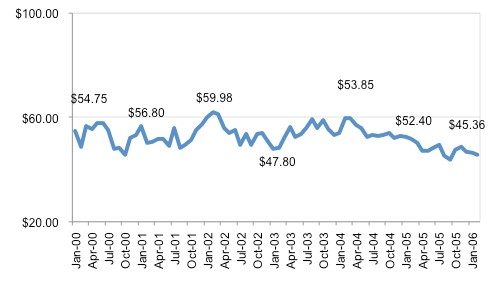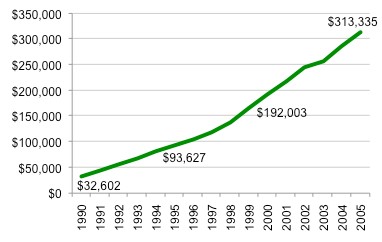Question
The 2006 fiscal year was off to a great start, but that was more than Peter Redmond could say for his efforts to develop a
The 2006 fiscal year was off to a great start, but that was more than Peter Redmond could say for his efforts to develop a seafood business plan to support Walmart's new sustainability mission, which had been dubbed: Embrace the Earth. It had been three months since Walmart CEO Lee Scott had announced that Walmart was going green and Peter was still trying to figure out exactly what that meant for Walmart's seafood business.
Indeed, Peter, Divisional Merchandize Manager for seafood at Walmart, sat perplexed as another sustainability meeting ended. Without doubt, some of his colleagues had not just caught the vision but were also starting to reel in real results. Although Peter did not begrudge his colleagues' success, he realized that their progress was creating expectations he would have to live up to. Yet, when it came to seafood sustainability, Peter saw no saving technology or packaging ploy that would resolve his dilemma. Every day he asked himself and his team of buyers, "How can we best make a viable and valid contribution to Walmart's highly publicized pledge to go green?"
Walmart's Leap into Sustainability
On October 24, 2005, Lee Scott, Walmart's president and CEO, made an epic announcement that caught the world by surprise?Walmart would lead the effort to create a truly green global supply chain. Remarkable not just for its message but also for who was invited to listen, Scott's speech, "Twenty-First Century Leadership," was broadcast to associates in all 6,000+ Walmart stores and shared with Walmart's 60,000+ suppliers around the world. Walmart was inviting its entire global supply team to make sustainability a priority.
Why Sustainability?
In the years immediately preceding Lee Scott's sustainability pledge, Walmart, the one-time retail darling of Wall Street, had run into a storm of criticism. Too often, it seemed, leaders at Walmart had picked up a Wall Street Journal, Business Week, or Time magazine only to see Walmart's name emblazoned across a lead story that was anything but flattering.
Initially, leaders like David Glass (former CEO) and Lee Scott were confident that the storm would blow over. After all, Walmart had always been the champion of everyday consumers?the ones overlooked and under-served by the competition. Walmart's EDLP (everyday low price) business model had lowered the cost of living for countless people around the world. Managers thus struggled with Walmart's increasingly tarnished image. Were all of Walmart's previous good deeds to be overlooked because of a few mistakes?
Nonetheless, the clouds of controversy grew darker as critics and competitors attacked Walmart's enormous size, "excessive" buying power, and labor practices. It seemed impossible to garner some good public relations among accusations of discrimination against female employees, forcing employees to work "off the clock," and strong-arming suppliers to drive prices down. Instead of being the hero of the everyday consumer and one of the "100 best companies to work for in America," Walmart was often portrayed as the foe of small business and an oppressive employer.
The persistent drizzle of bad publicity had negatively impacted not just Walmart's image but also its stock price. For the first time in Walmart's history as a public company, its stock had traded flat for over five years (see Figure 1). This reality was particularly frustrating given Walmart had achieved double-digit sales growth since the turn of the century (see Figure 2). Lee Scott and the Walmart leadership team realized that because of Walmart's size, its every move would be scrutinized. Walmart had a bullseye pasted squarely on its back.
Figure 1
This case was written by Stanley E. Fawcett of Weber State University. The case was developed solely as a basis for class discussion and is not designed to illustrate effective or ineffective management. Although based on a real decision scenario, the storyline has been fictionalized and company-specific statistics have been altered for readability and competitive intelligence reasons. |
    |
$20.00 Jan-00 Apr-00 Jul-00 Oct-00 $100.00 $54.75 $56.80 $60.00 Jan-01 Apr-01 Jul-01 Oct-01 Jan-02 Apr-02 Jul-02 Oct-02 Jan-03 Apr-03 Jul-03 Oct-03 $59.98 $47.80 Jan-04 Apr-04 Jul-04 Oct-04 Jan-05 Apr-05 Jul-05 Oct-05 Jan-06 $53.85 $52.40 $45.36
Step by Step Solution
There are 3 Steps involved in it
Step: 1

Get Instant Access to Expert-Tailored Solutions
See step-by-step solutions with expert insights and AI powered tools for academic success
Step: 2

Step: 3

Ace Your Homework with AI
Get the answers you need in no time with our AI-driven, step-by-step assistance
Get Started


